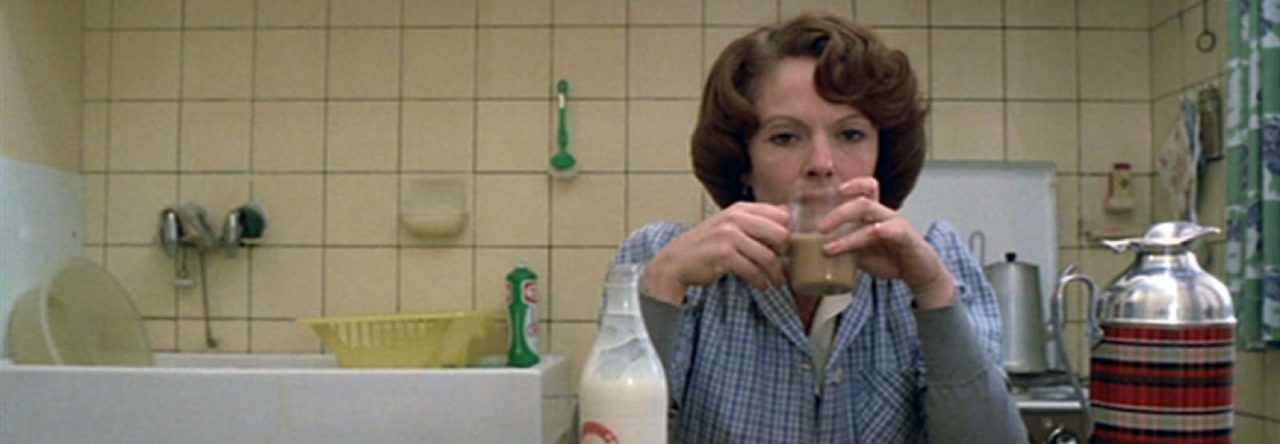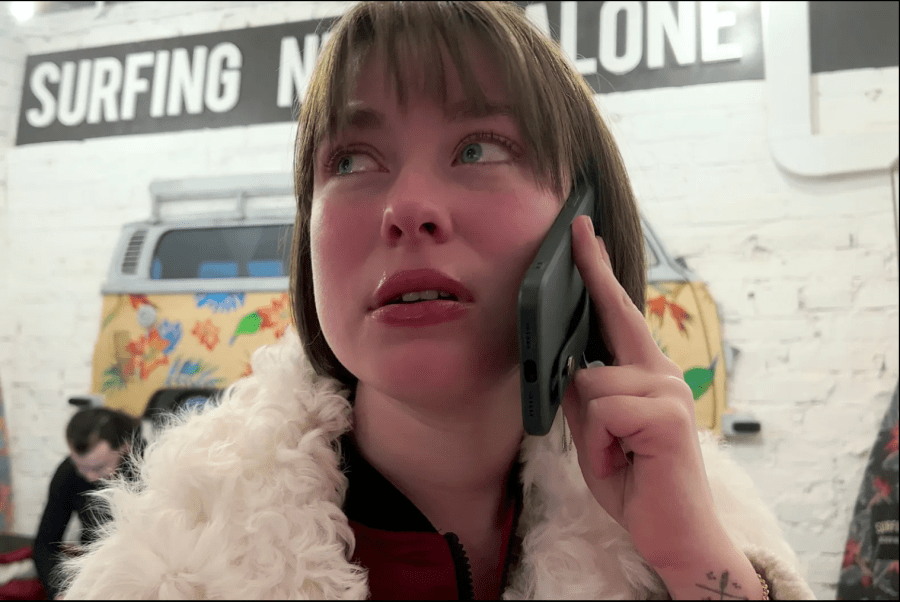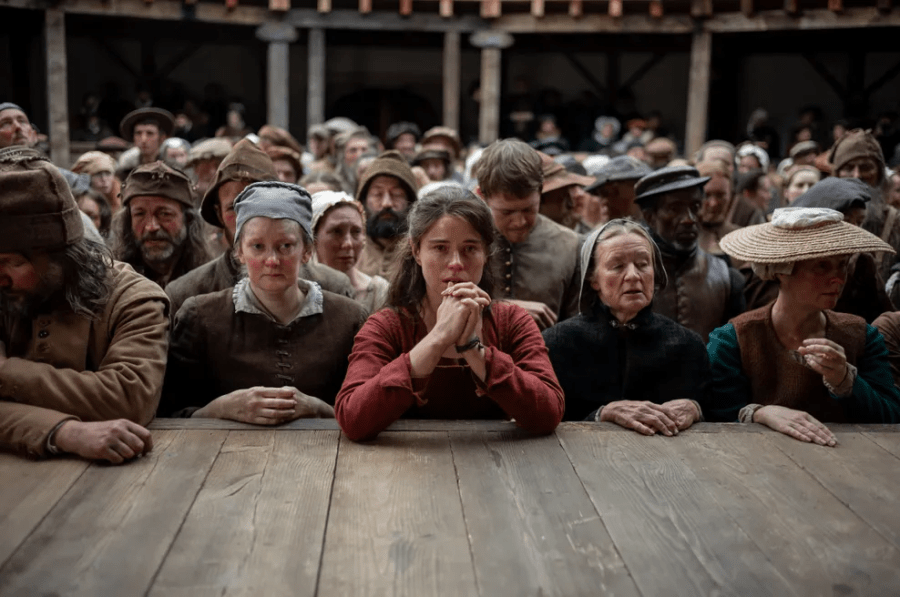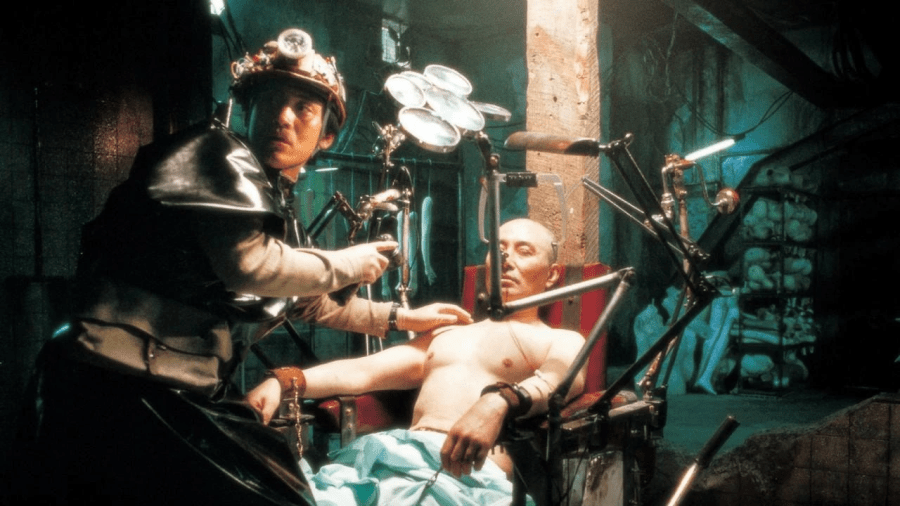When films cross the two-and-a-half-hour mark, that tends to be the point at which terms like bloat and poorly edited come into play. However, there exists a second line somewhere around the four-hour mark where the running time becomes a feature of the film rather than a bug. When one is locked in a room with the same few people for such an extended period (and it is essential that films this long be watched in one day with no more than a few intermissions), they become less characters on the screen and more personal acquaintances or even friends.
Julia Loktev’s five-and-a-half-hour epic of a documentary My Undesireable Friends: Part 1 – Last Air in Moscow is one such example of a film using its marathon length as an important part of the filmmaking. Through five chapters, the film makes a record of the last five months of TV Rain, the last independent, oppositional news organization in Russia, before they were forcefully closed after Russia’s invasion of Ukraine. While a 90-minute documentary on this subject would be informative and if done well impactful, Loktev’s decision to be as expansive as she was brought a power with it by getting to know a wide array of characters intimately.

Loktev is a Soviet-born American filmmaker who in October 2021 traveled to Moscow to create a documentary about Russia’s recent branding of oppositional journalists as “foreign agents” including her friend Anna Nemzer. Anna introduces Loktev to the contributors to TV Rain for which she has a show. The handful of journalists who originally were branded with the foreign agent label wear it with a combination of pride and fear and many use the required language they are required to include on every post for ironic purposes.
One of the genius decisions of the film is the chapter flow. Each individual chapter is presented in a cinéma vérité or slice of life manner. Most of the filming takes place in cars, the TV Rain studio, or people’s apartments, and each hour-long section seems most interested in giving the viewer a peek into the life of an oppositional journalist at that exact moment in time. When zooming out, however, the film takes a concrete shape. The initial two chapters provide a background for the people and the circumstances which they inhabit. The third chapter is a bit of a break from the intensity. Things are obviously still tenuous in each journalist’s life, however even as the walls close in they are able to enjoy the New Years holiday together. That moment is a welcome reprieve before the final two chapters leading until the very moment that the TV Rain employees are forced to vacate the soon to be under siege studio and exile themselves from the country.

My Undesirable Friends is an engrossing cinematic experience starring journalists whom having spent so much time with I feel intimately connected to. The film teaches about the horrible human rights violations Putin is behind while keeping things personal. I cannot wait to dedicate another five plus hours to the topic when part II is released.


























